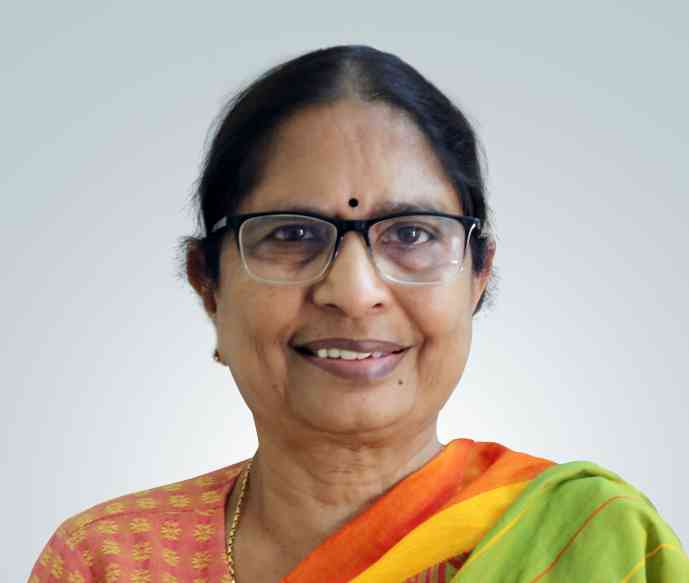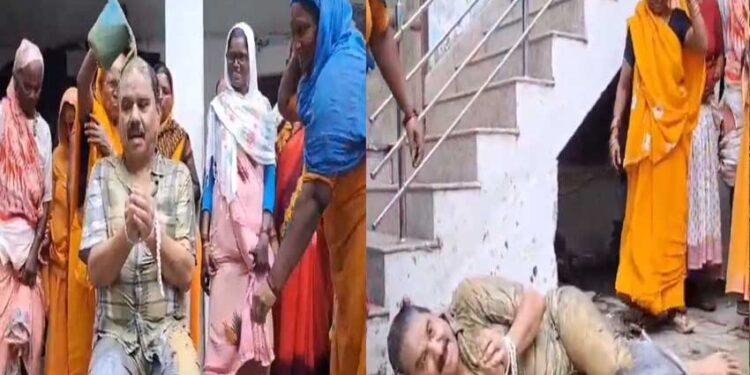He is an internationally renowned Indian anti-child labor activist. The result of poverty in cities and villages which becomes the foundation for perpetuating poverty is child labour. In those poor families whose children despite poverty go to school because of the thinking of their parents, the days of poverty remain short. Shanta Sinha worked to spread this conclusion widely throughout Andhra Pradesh. He broke the belief of the people that the family cannot survive without the children of the poor working. In this way, as the secretary of her organization “Mamidipudi Venkatarangaiah Foundation” (MVF), she curbed child labor and made arrangements to send children to school. He performed this task with determination despite all the opposition, for this he was awarded the ‘Ramon Magsaysay Award’ in 2003.
Introduction
Shanta Sinha was born on January 7, 1950 in Nellore, Andhra Pradesh. He did M.A. in Political Science from Osmania University in 1972. Examination and in 1976 he obtained a doctorate degree from Jawaharlal University. Shanta Sinha was worried about the situation of child labor from the very beginning and the idea of doing something concrete for this problem came to her mind again and again. In 1987 she was in Hyderabad University. Then he got an opportunity as the head of the university’s extension program and he organized a three-month long camp in which children freed from bonded labor were prepared to send them to school. His experience was encouraging.
Establishment of ‘Mamidipudi Venkataragiah Foundation’
In 1991, he presented his idea to his family and established an organization in the name of his grandfather. That institution was named “Mamidipudi Venkataragiah Foundation”. The aim of this organization was to eliminate child labor from entire Andhra Pradesh and establish a tradition of sending every child to school. Shantha started her work from the poverty stricken villages of Rangareddy district. Members of Shanta’s organization met the local people there. His experience there was very challenging. The people of the organization were looking for ways to meet the families of children doing child labor and motivate them to send their children to school. In this effort, everyone’s belief was that in this poverty, how is it possible to remove a working family member from work and send him to school?
For those families, their children who were working as laborers were like an earning member of the family. Adjectives like child or childhood had no significance in his life. They felt that education and school were all about rich families, whereas the people of the organization on behalf of MVF said that one can get rid of poverty only through education. This situation was difficult for MVF and Shanta, which they had to win at any cost.
Camp organization and grants
Shanta Sinha did not accept defeat. They set up transition camps for this work. He took school teachers and local officials with him, so that his persuasion would have more impact. Shanta Sinha also made arrangements that the owners for whom the children had ever worked should also come along with them. In this way, this work was done by MVF for a long time to change people’s perception and make them consider children’s education as important. Due to the tireless efforts of Shanta and her colleagues, they started receiving local and international grants and by 1997, MVF activities had spread to five hundred villages. Gradually, Shanta Sinha’s temporary schools, which were opened to provide initial preparation to the children, developed so much that the children prepared in them could be taken to normal schools.
They were taught basically the same songs and poems as in normal schools. Newspapers and voluntary teachers developed the initial abilities of children and inculcated in them the habit of reading with interest. He started enjoying reading, he reached this stage. Then they were gradually prepared for formal courses, for which they became eligible to go to normal schools. Shanta Sinha believed that these children have come out of basic schools, they should go to regular schools, not In ‘Part Time Schools’. Part time schools, at this stage, do not instill in the children the enthusiasm that they need at this time.
Therefore, Shanta Sinha’s effort was to accept a place for such children in the mentality of public schools as normal schools and treat them as equals. For this, Shanta Sinha’s team, which included the parents of the children, their teachers, some elected officials and she herself, tried to find suitable schools for such children and include them in this campaign. In this sequence, by the year 2000, Shanta Sinha was able to make arrangements for the education of about 2.5 lakh children who were once child labourers.
focus of adult education
In this campaign, Shanta Sinha’s focus was not only on child labour, but adult education had a full place in her thinking. Shanta Sinha was associated with many such events of the Government of India. During the eighties, Shanta was associated with the Department of Political Science at the University of Hyderabad and her focus was entirely on how to mobilize working adults/adult workers.
Director of Labor University
Shanta Sinha was the director of Shramik Vidyapeeth. After joining here, he came to know about the disturbing fact that forty percent of the bonded laborers are children, till then there was not a single agency working in the country which was completely dedicated in this direction. Then Shanta Sinha accepted this challenge and took the initiative to free the child laborers and child bonded labourers.
honors and awards
MVF’s grassroots schools and its other programs have expanded and grown significantly across Andhra Pradesh and their impact is visible everywhere. Shanta Sinha was given the ‘Alert Shankar International Education Award’ in 1999, which is awarded by America. He was also decorated with the title of ‘Padmashree’ by the Government of India in the year 1999 itself. He was awarded the ‘Ramon Magsaysay Award’ for the year 2003. His activism has still not stopped










